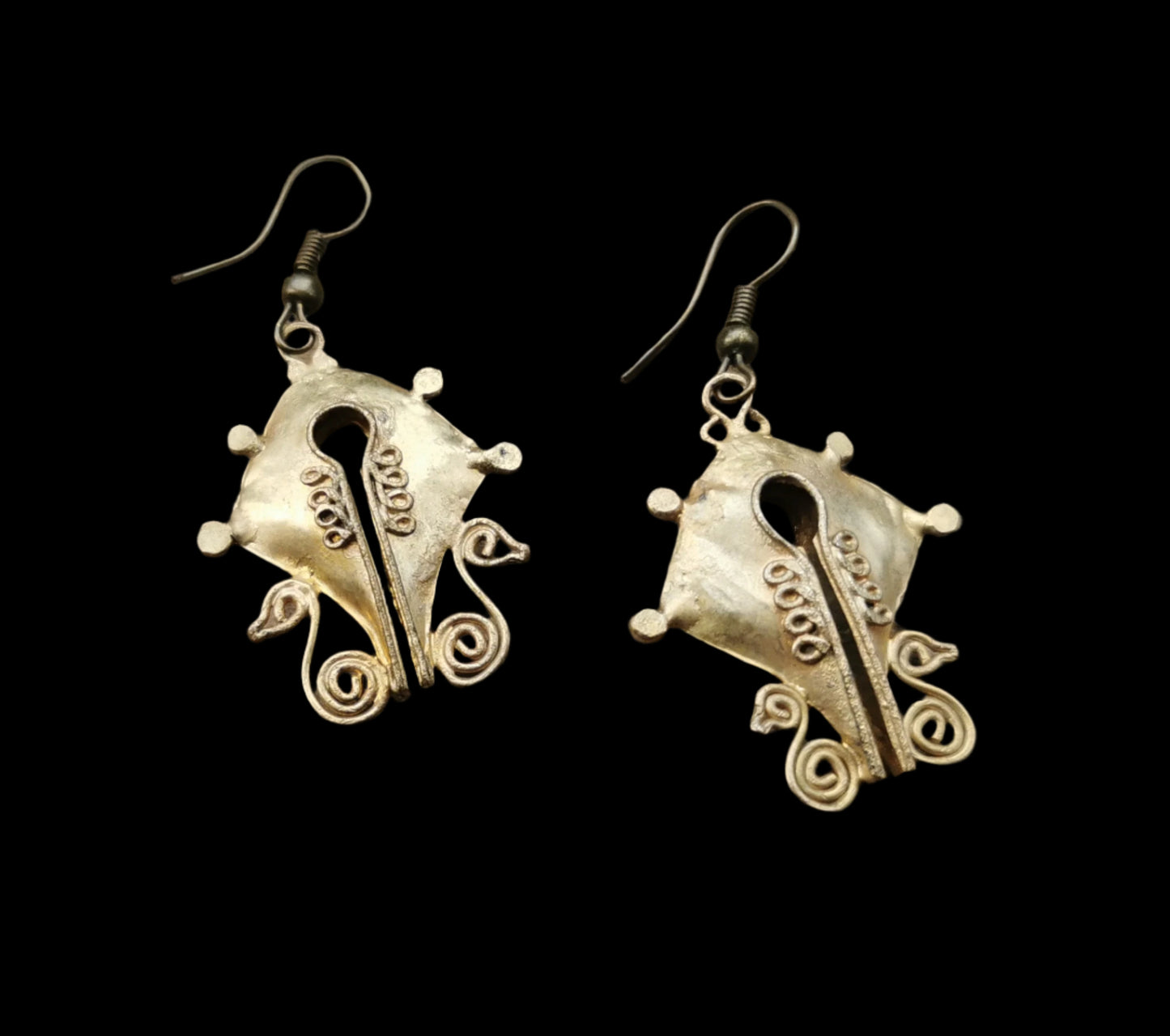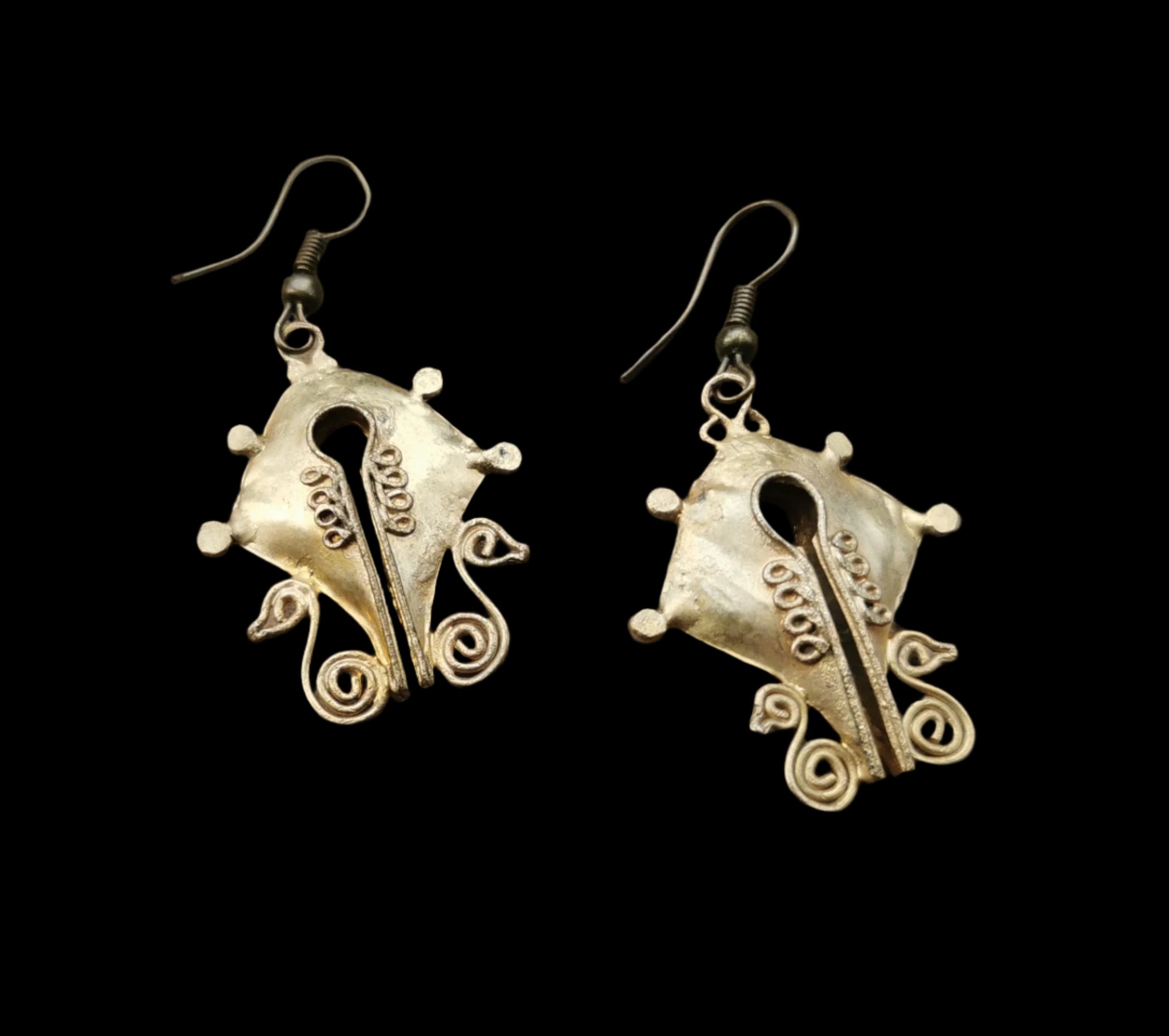Portal Glastonbury
Ref.ER0088
Ref.ER0088
Couldn't load pickup availability
The yoni, a Sanskrit term meaning “source” or “womb,” is a powerful symbol in various cultural and spiritual contexts, often represented as a stylized vulva or oval shape. Its symbolic and spiritual significance centers on themes of creation, femininity, life force, and inner power, reflecting universal human and natural principles.
Symbolic Significance
At its core, the yoni symbolizes creation and the origin of life. As a representation of the womb or female reproductive organs, it embodies the biological and metaphorical source of existence, where all life begins. This makes it an emblem of fertility, not just in terms of childbirth but also creativity, ideas, and the generation of new possibilities. The yoni’s rounded, open form suggests receptivity and the potential for growth, mirroring cycles in nature like seeds sprouting or seasons turning.
The yoni also represents femininity and its inherent strength. It celebrates the qualities associated with the feminine—nurturing, intuition, resilience—without reducing them to stereotypes. Its symbolism elevates the female body as a site of power and wisdom, countering historical taboos by affirming its natural beauty and vital role in life’s continuity.
Duality and balance are key. Often paired with the lingam (a phallic symbol) in traditional iconography, the yoni reflects the interplay of masculine and feminine energies. This union symbolizes wholeness, where opposites—active and receptive, outer and inner—merge to create harmony, echoing natural systems like pollination or the balance of ecosystems.
The yoni’s shape, often an oval or almond, evokes mystery and depth. It symbolizes the inner world—emotions, subconscious, intuition—as a space of profound insight. This invites exploration of one’s hidden strengths and the courage to embrace vulnerability as a source of power.
Spiritual Significance
Spiritually, the yoni is a symbol of life force and energy. It represents the primal energy that flows through all living things, akin to the concept of chi or prana, driving creation and transformation. This energy is not external but internal, encouraging individuals to tap into their own vitality and creative potential for personal growth.
The yoni also signifies cyclical renewal. Its association with birth and regeneration ties it to life’s rhythms—growth, decay, rebirth—mirroring lunar cycles or seasonal shifts. This fosters a spiritual perspective of embracing change as natural, encouraging resilience and trust in life’s ebb and flow.
As a meditative focus, the yoni invites introspection and self-acceptance. Contemplating its form can symbolize a journey inward, reconnecting with one’s body, emotions, and intuitive wisdom. It encourages honoring the self as a source of strength, particularly for those reclaiming agency over their physical or emotional identity.
The yoni’s openness also represents receptivity to experience. Spiritually, it suggests an attitude of surrender—not passivity, but an active willingness to receive insights, emotions, or connections, fostering balance between doing and being.
Cultural Contexts
In ancient Indian traditions, the yoni is a revered symbol of life’s origin, often carved in stone or used in rituals to honor fertility and creativity, reflecting respect for feminine power.
In modern feminist and spiritual movements, the yoni is reclaimed as a symbol of empowerment, celebrating the female body and challenging patriarchal stigmas, emphasizing self-love and agency.
In global esoteric practices, the yoni’s shape appears in sacred geometry, like vesica piscis, symbolizing the intersection of dualities and the birth of new forms or ideas.
In Essence
The yoni’s symbolic and spiritual significance weaves together creation, feminine power, balance, and renewal. It embodies the life force, the beauty of cycles, and the wisdom of inner depths, inviting embrace of one’s vitality, receptivity, and wholeness as a source of strength and transformation.
Size: 48mm/1.89in approx.


